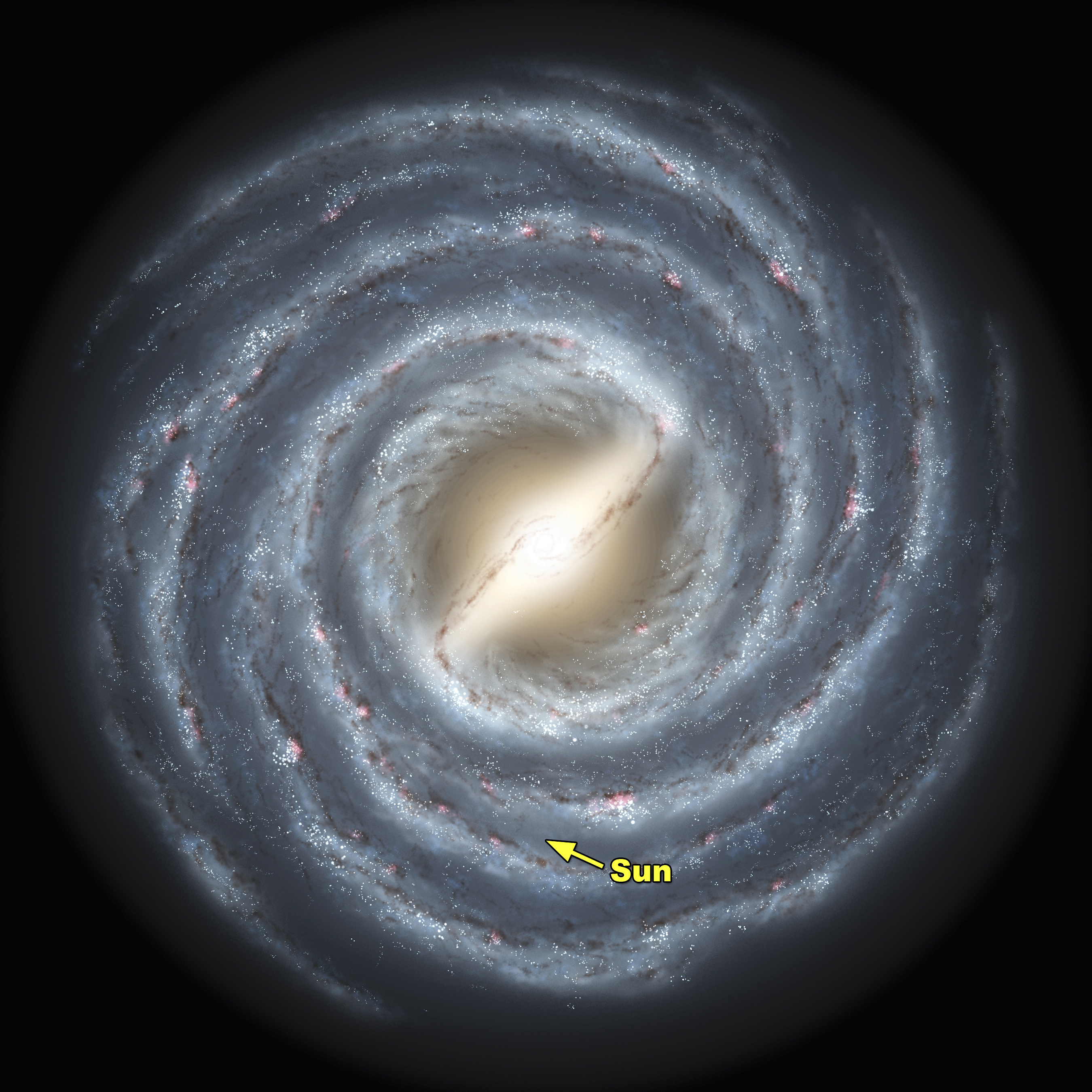
During the science classes of March 25, 26 and 30 we began, and researched for, our Celestial Body Project. Since we had to become “travel agents” for our celestial body, we needed to use a mix of our own imagination and fact to get our projects going. Our brochures had to be interesting yet educational, and had to include some of our own selves in them. Meaning, don't make them boring! We spent the three classes in the lower computer lab doing research and anything that was not finished had to be finished up at home for this Thursday. The brochures. are due on Thursday, April 1; which leaves plenty of room for improvement. Our brochures are being graded on; creativity, appearance, our interest whilst creating the brochure and our interest while presenting the brochure. Meaning, it is due Thursday by 11:30 and must be printed in color. The presentations will be on Thursday, April 1 during science. On Tuesday, March 30 a typed list of our notes that we used in the brochure was due to Ms.D by 4:00. This Thursday, along with the brochure, there will be two other things due; five typed questions + answers about your celestial body, based on information we collected (it must be emailed by 11:30 to dani.dipietro@aisz.hr) and a typed copy of a bibliography in APA format.
The directions and requirements to the project are underneath;
http://zagreb.ceesa.net/file.php/106/Astronomy/Celestial_Body_Travel_Agent.doc
The link for the rubric is included as well;
http://zagreb.ceesa.net/file.php/106/Astronomy/Travel_Agent_Rubric.doc
I am doing Haumea and Make-Make for my Celestial Body Project; the two most difficult to find information on. Some websites I found helpful that everyone could use were;
http://www.iau.org/
http://www.scientificamerican.com
http://www.windows.ucar.edu
http://www.jpl.nasa.gov/solar_system/
http://www.solarviews.com/
Remember, Wikipedia is not a reliable source unless you have talked to Ms.D about using it and she has approved your reason.
Other sources can be used as well such as newspapers and non-fiction books but must be reliable and included in your bibliography.
What must be turned in for full credit:
• Travel Agency Styled Brochure- eye catching, colorful, made with Publisher-Due Thursday, April 1st
• Typed set of bulleted notes for the class containing the information used to create the brochure (can be emailed or printed and turned in) - Due Tuesday, March 30th
• Five (5) typed questions about your celestial body for the test we will be having, including a copy of answers to your questions! (must be e-mailed)- Due Thursday, April 1st!
• Typed copy of your bibliography (must be emailed) - Due Thursday, April 1st!
On Thursday we will be having a “Travel Fair”. Each person will visit you and you will have to present your brochure and explain why they should travel to your celestial body. Be interesting; and keep it short. You will be graded by each member as they come visit your travel agency and see your brochure.
As they come to your agency, you will need to sell your celestial body and present it with the bulleted list of notes. Keep in mind creativity, appearance and interest when constructing your brochure and “selling” it.
Underneath is the list of what celestial body each member of the class is doing;
Sun- Kamil
Mercury- Aidan
Venus- Gregor
Earth- Davide
Mars- Abigail
Asteroids/belt- Emma
Jupiter-Arnie
Saturn- Ines
Uranus- Luke
Neptune- Holly
Pluto- Alex
Eris- German
Ceres- Jacob
Hauma & Makemake- Hana
Meteors, etc.- Severyn
Comets- Cornelia
Exo-Solar Planets- Daniel
All of these directions and project notes are posted on Moodle.
The next and final scribe is Abigail.
Good luck everybody!
-Hana








